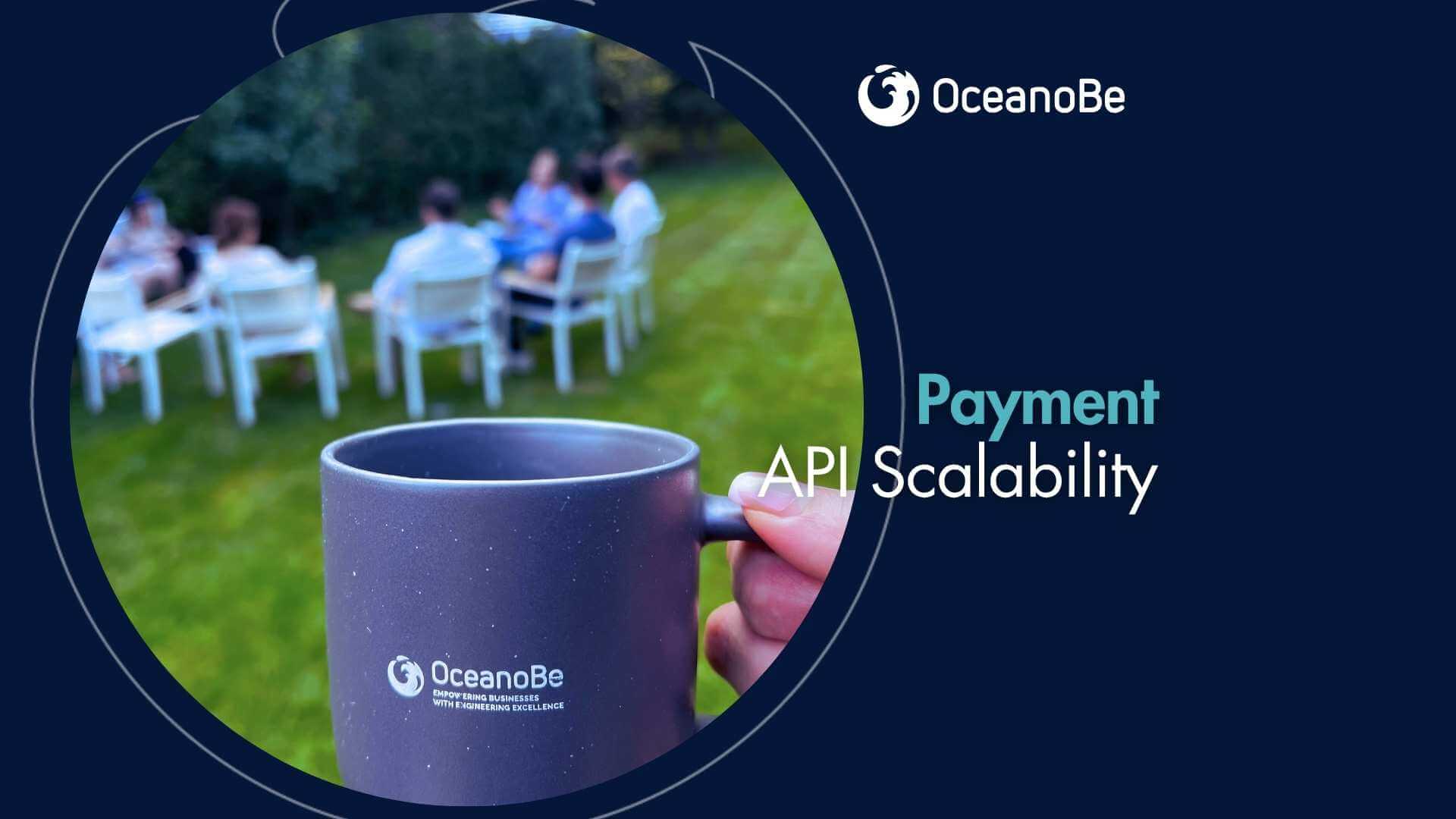Payment API Scalability
Load Balancing, Rate Limiting & Failover Strategies
Load Balancing, Rate Limiting & Failover Strategies

Payment APIs must scale with demand, stay resilient under pressure, and recover gracefully when things go wrong. Whether you're handling thousands of microtransactions per second or supporting mission-critical batch payments, building fault-tolerant, scalable APIs is no longer optional—it’s foundational.
This article explores the key techniques to ensure your payment infrastructure stays fast, secure, and available: load balancing, rate limiting, and failover strategies, alongside autoscaling and circuit breaker patterns.
Payment systems are highly sensitive to latency, downtime, and inconsistent throughput. Even minor hiccups in API performance can cause failed transactions, duplicate charges, or regulatory compliance risks. Add the fact that APIs must support diverse consumers—from mobile wallets to partner banks—and the pressure for reliability grows exponentially.
Load balancing evenly distributes traffic across multiple instances of your payment API to avoid overload and optimize performance. Fintech APIs often use:
Round-robin: Rotates requests across nodes for uniform traffic distribution.
Least connections: Sends traffic to the instance with the fewest active sessions.
IP hash/sticky sessions: Useful when session context needs to persist.
Best practice: Use application-layer (L7) load balancers (e.g. AWS ALB, NGINX, HAProxy) for advanced routing, SSL termination, and custom health checks. Pair with horizontal autoscaling to spin up more nodes when needed.
Rate limiting is your first line of defense against abuse, accidental overload, and bot traffic. It's also essential for ensuring fairness and stability in shared API environments.
Common strategies:
Fixed Window: Limits per-minute/hour requests with a static window.
Sliding Window: Averages over a moving time frame for smoother behavior.
Token Bucket: Allows bursty traffic within limits, then refills tokens over time.
Best practice: Combine rate limits with usage tiers (e.g., per-partner, per-IP, or per-endpoint), and communicate limits through headers so clients can self-regulate (e.g., X-RateLimit-Remaining).
When your primary service goes down, failover mechanisms route traffic to a healthy replica—ensuring continuity.
Options include:
Active-Passive: Standby node activated on failure.
Active-Active: Traffic is split across nodes in different regions; failover is automatic if one region degrades.
Geo-based DNS failover: Routes based on user location and service health.
Best practice: Use health checks, timeouts, and fallback logic in both infrastructure and SDKs. Cloud providers like AWS, GCP, and Azure offer region-aware failover and latency-based routing as native services.
Inspired by electrical systems, circuit breakers prevent cascading failures when downstream systems are unhealthy.
Closed: All requests pass through.
Open: Requests are blocked temporarily after repeated failures.
Half-open: A test period where a few requests are allowed to determine if the system has recovered.
Best practice: Integrate circuit breaker libraries (e.g., Resilience4j, Hystrix) and monitor for retry storms. Combine with graceful degradation (e.g., returning cached results or dummy responses).
Don’t guess—measure. Combine autoscaling with rich observability to stay responsive under varying loads.
Autoscaling triggers: CPU, memory, custom API latency metrics.
Monitoring tools: Prometheus + Grafana, Datadog, or New Relic.
Distributed tracing: Use OpenTelemetry to track slowdowns across microservices.
Best practice: Build with failure in mind. Chaos testing (e.g., with Gremlin or Chaos Monkey) can reveal weaknesses before your users do.
Scalable, fault-tolerant payment APIs are the foundation of modern fintech products. Users expect instant confirmations, regulators demand transparency, and partners rely on stability.
By embracing load balancing, rate limiting, circuit breakers, and smart failover, your payment systems can survive the unexpected—and scale confidently with your business.